“If we can discover the meaning in the trilling of a frog,
perhaps we may understand why it is for us
not merely noise but a song of poetry and emotion.”
Adrian Forsyth
When we first moved into our new house, we were baffled by a high-pitched, rhythmic noise that occurred around the same times every day. A bit of asking around revealed that these were spring peepers, little chorus frogs common to the area.
And the next year… we heard no peepers. Perhaps we had messed with our seasonal pond at a critical time. Maybe it was related to the recurring Terminix treatments that had been initiated just before closing on the house (carpenter bees had been spotted, I don’t know exactly why pest control had to be called in before we could buy our house, but whatever).
In any case, I felt like something was missing. And I became suddenly, intimately aware of how our actions directly affected our little backyard ecosystem. We wanted to bring back the frogs, so we stopped washing the car in the back and allowing that sudsy water seep into our groundwater. We allowed the seasonal pond to do what it did naturally. We canceled the pesticide treatments that we’d mindlessly allowed ourselves to be enrolled in. We learned about the different animals and insects and native plants that shared our living space and what we could do to support them, or at least not harm them… and this sense of interconnectedness and responsibility has really become a way of life for us.
It all started with the frogs, and it ballooned into a crusade to save the earth. Everything matters. Everything is connected. And I have a bit of a soft side when it comes to our toe-padded friends.
The frogs are disappearing, folks, and not just from my backyard:
…these remarkable and colorful animals are declining at such a rapid rate that they are being called the Earth’s next dinosaurs. According to the IUCN Red List of Threatened Species, a third of the world’s amphibian species are threatened with extinction.
In fact, spring peepers, while plenty in many Eastern areas, are declining due to loss of habitat (and careless new homeowners trying to cut back on their mosquito population). They are considered a threatened species in Iowa and Kansas and protected in nearby New Jersey.
Why should we care about frogs?
“There’s no question that we are in a mass extinction spasm right now,” said David Wake, professor of integrative biology at UC Berkeley. “Amphibians have been around for about 250 million years. They made it through when the dinosaurs didn’t. The fact that they’re cutting out now should be a lesson for us.”
Besides being really cute, and their calls marking the seasons in a difficult-to-describe way (wow, can you tell I write for a living?), frogs play a crucial part in our ecosystem. They serve as predators keeping insect populations under control; some also eat algae, helping to maintain aquatic balance. And they serve as prey for snakes, lizards, birds, fish, and various small animals like foxes or otters. A healthy frog population means a healthy ecosystem. A declining population… is cause for concern.
What can we do to help?
- Work to protect and preserve what natural woodland and wetland spaces we have left.
- Don’t use pesticides or weedkiller.
- Support FrogWatch USA, a citizen scientist program where you listen for local frog calls and report them to researchers. The data is collected and interpreted to help develop conservation strategies.
- Spread the word.
- Instill an appreciation of frogs (and toads, and salamanders, and other small amphibians) in your kids.
To that end,
check out the contests currently running on the website FROGS ARE GREEN!
The Frogs Are Green 2010 Photo Contest is divided into two categories: Frogs in the Wild and Backyard Frogs. Backyard Frog photos should capture frogs in your habitat: on the picnic table, by the pool, riding your bike, and whatnot. Frogs in the Wild photos should feature frogs, toads, or other amphibians in their natural habitat: frog ponds, marshes, in the woods, etc. Photos need to be submitted by September 15th. The winner receives a Frogs Are Green t-shirt or poster and the photo will appear on the front page of the blog all year.
The 2010 Frogs Are Green Art Contest is just for kids ages 3-12. The theme is IT IS EASY BEING GREEN! Artwork- drawings, paintings, sculpture, collage, or whatever medium your kid likes best- can be about frogs and how we can help them, or it can be about ways to be green at home, at school, or in the community. This one ends November 15th, 2010. The winner will be featured in a post and his or her artwork will be used to create a poster for a new Frogs Are Green campaign (winner will get two copies of this poster). All kid entrants win a FROGS ARE GREEN (eco-friendly) wristband.
Details and submission guidelines for both contests are here. The kids and I are entering, and of course I really want to win, but if one of my readers were to take the prize that would be even more exciting! Let me know if you submit anything, or if you have a good froggie story to tell.





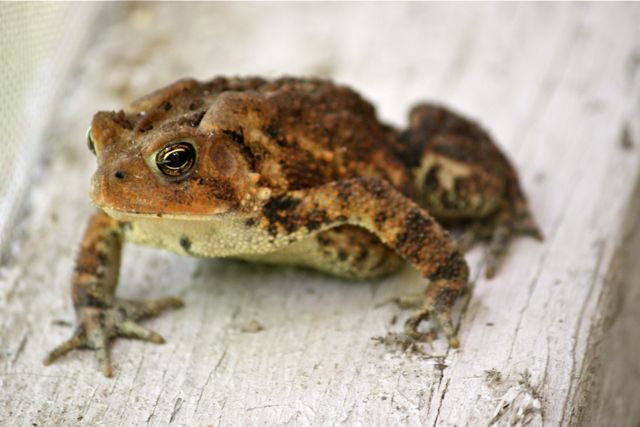


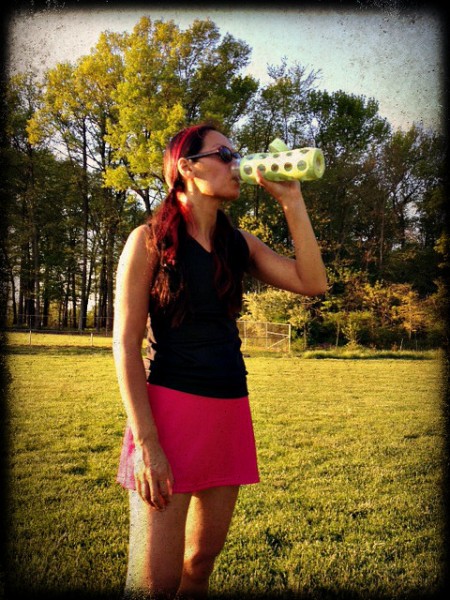
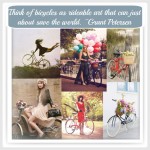
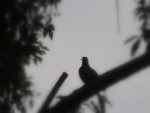
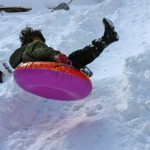
Hi! Came upon your blog through Danielle Liss & Kat Murello.
I love the frogs too! And thankfully we’ve been doing our part to keep them safe and unharmed in our backyard too! Good luck in the contest! Here’s hoping you win!